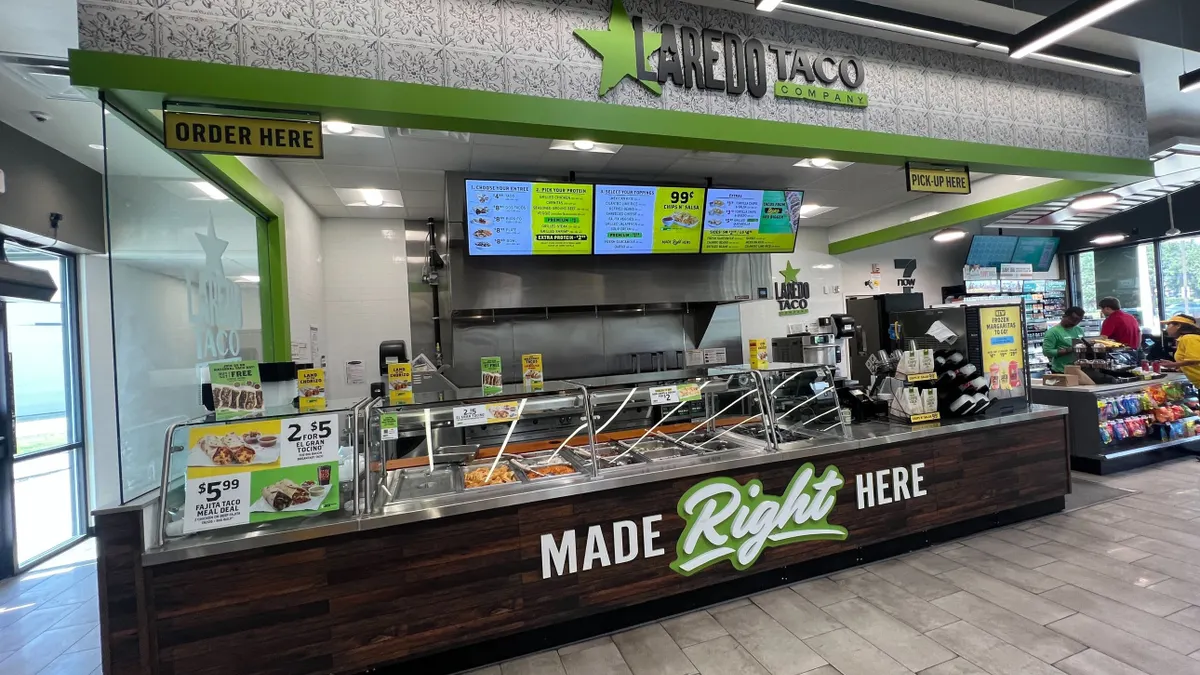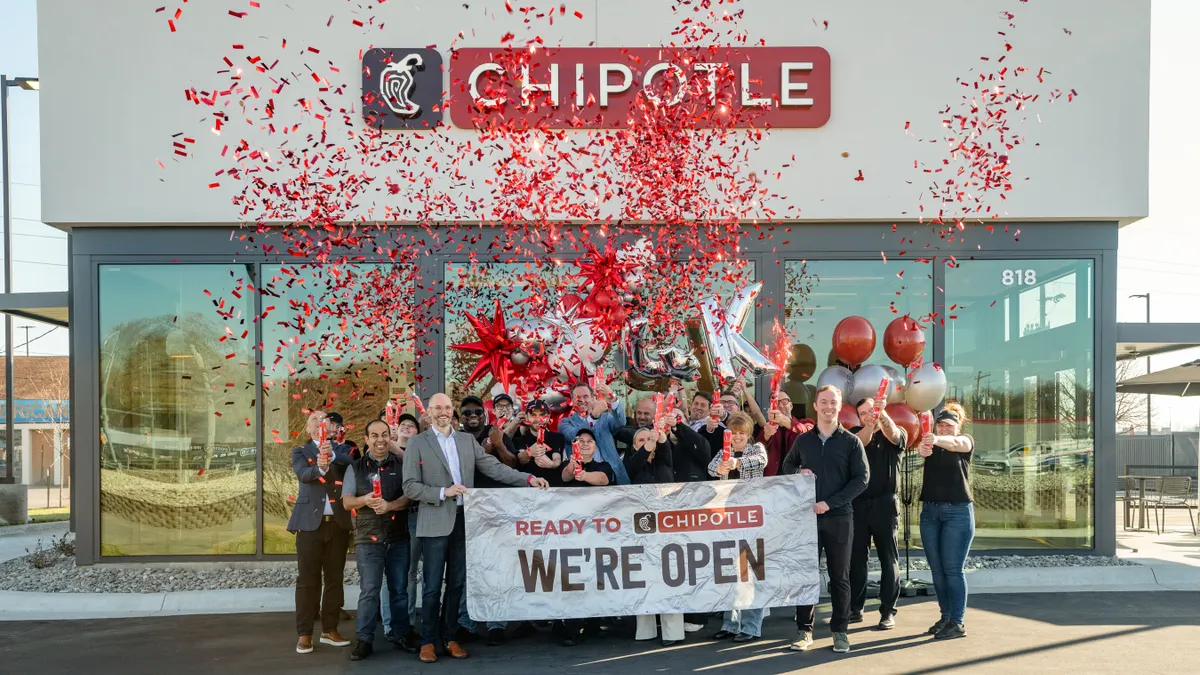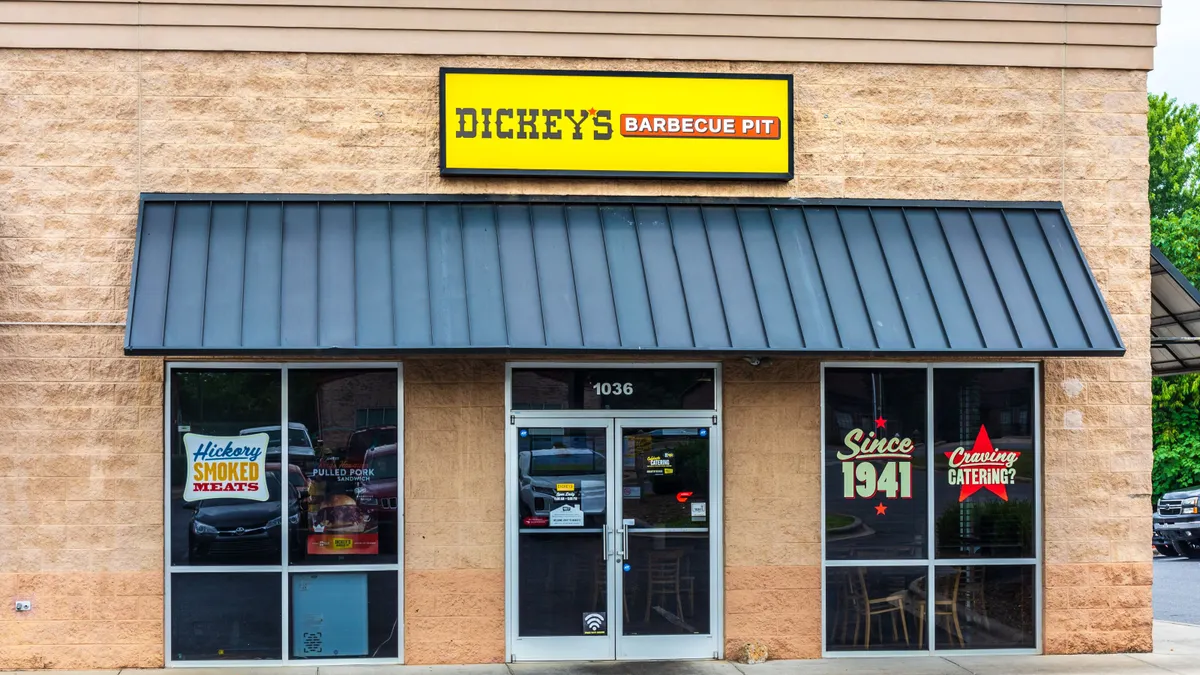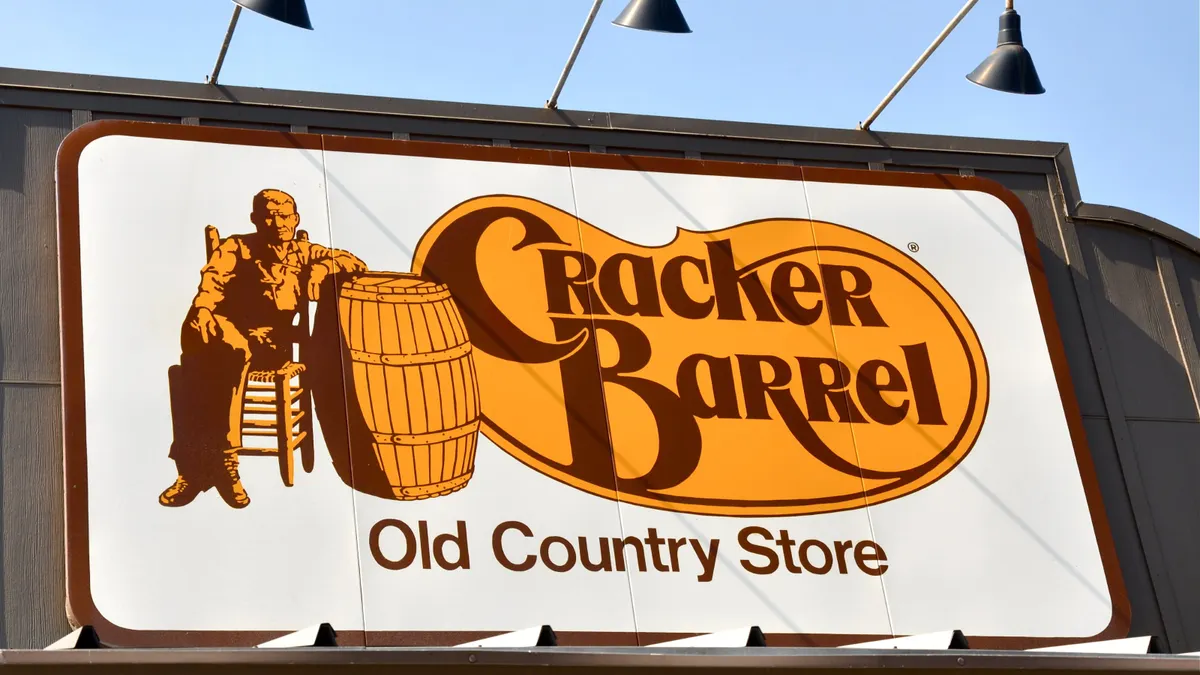In the past few years, Chipotle has been plagued by a string of high-profile foodborne illness outbreaks. Customers have been on high alert since the first widespread incident in 2015, when an E. coli outbreak sickened more than 60 people at locations around the country, followed by a string of smaller isolated occurrences. A weak response from Chipotle's management triggered a slide in sales that lasted several months, resulting in a scramble to reverse public sentiment. By February 2018, the company made a major change to get back on track, hiring Brian Niccol as its new CEO.
Despite changes in leadership, the fast casual Mexican chain faced another very public food safety incident in July. The latest stumble was caused by food that was left at unsafe temperatures and resultend in 647 ill customers — the chain's worst contamination yet. While the bacteria detected in samples wasn't deadly and was only found in some stores in Ohio, this was yet another ding against the restaurant. The biggest difference this time around versus 2015 was how Chipotle handled the outbreak. Niccol got on top of the news, implementing the Chipotle Field Leadership team, who would retrain all of its employees on food safety protocols. The company also ramped up its promotions, extending a limited-time guacamole deal, offering free delivery with DoorDash and launching a test of bacon, nachos and late-night bites at several restaurants.
Niccol's response garnered kudos from analysts and customers alike, proving that a brand's moves following a very public issue can make or break customer loyalty.
The rise of food-contamination incidents
Although media attention can stir up hype, the rise in food contamination is real. For many customers, the Chipotle scare in 2015 still stands out as a major incident, one that has made many wary of eating at the chain. But Scott Langdoc, senior vice president and practice lead at retail management and consulting firm BRP, says the frequency in food safety issues goes well beyond Chipotle.
Just this past year, restaurants, food companies and grocery stores alike — from Walgreens to Kroger, McDonald's to Kellogg — have been dealing with recalls due to widespread outbreaks from salmonella, E. coli and listeria, among other issues. McDonald's had its own crisis a few months ago when more than 500 people became became sick with a gastrointestinal illness caused by eating tainted salad.
So, what is contributing to the growing prevalence of outbreaks?
First, consumers are demanding more fresh, local ingredients, and restaurants are delivering. The problem is, fresh and local often means that each chain location is using a different set of suppliers and many are not held to the same safety standards — or equipped to scale up for chain-sized orders. Organic and natural products are also more likely to carry pathogens and have higher incidents of contamination, Dave Donnan, senior partner in consumer products and retail practice at A.T. Kearney, told Restaurant Dive.
The trend toward featuring open kitchens is another factor. While allowing customers to watch the cooks prepare food may seem more transparent and provides a fun dining experience, these set-ups are not necessarily as good at separating raw versus cooked foods, Donnan added.
There are, however, procedures for QSRs to alleviate these new potential safety issues. One way to circumvent this problem, Donnan said, is to prep items such as fresh lettuce and sprouts at a central kitchen for quality control and then pack the items in vacuum-sealed bags for delivery to location kitchens.
While some restaurants may initially be against this idea, it could actually save money. One kitchen, with experienced employees, could chop and prepare, avoiding the cost of training employees at each location, especially when restaurant staff turnover is high. Each new crop of workers needs to be trained on food preparation safety, and the investment of time and money to do so — and do so well — is high. According to the National Restaurant Association, it can cost a restaurant up to $3,500 to hire and train one new staff member.
Langdoc also points out that industry size and breadth of locations have created sloppy safety protocol. While chains may be rapidly expanding around the country, many restaurants are actually smaller in size, with tight kitchens that do not have separate spaces for preparing raw and cooked foods.
"What Chipotle represents is a visibility issue and that chains need to be more proactive in maintaining consistency of measurement and monitoring," Langdoc said. He added that brands today need to go beyond having methods in place to find and deal with food safety issues. Instead, he argues that restaurants need to create protocols to supervise staff and monitor work to ensure that employees carry out their training consistently.
"What Chipotle represents is a visibility issue and that chains need to be more proactive in maintaining consistency of measurement and monitoring."

Scott Langdoc
Senior vice president and practice lead, BRP
Judge Graham, author and digital marketing expert, agrees with Langdoc. Chipotle, for example, has worked to create a structure to try to prevent contamination, hiring top food safety specialist Mansour Samadpour, chief executive of IEH Laboratories and Consulting Group, and David Acheson, a former official at the Food and Drug Administration and the U.S. Department of Agriculture, as advisers. Yet, there seems to be a disconnect in actually enforcing those health and safety rules, as there were several incidents of foodborne illness throughout a six-month period in 2016 — even with both on board.
"Because Chipotle is the leader in the fast-casual trend, and they strictly stay away from frozen fast food, these types of problems have a greater opportunity to affect their restaurants. They need to stress more efficiency and see those internal processes through so this doesn't happen again," Graham told Restaurant Dive in an email.
One food safety process that restaurants can employ is an advanced system for monitoring food temperature. If a restaurant automates this process, an out-of-range temperature can be determined faster, giving management an opportunity to respond to the issue faster, says Langdoc.
He admits though that points of failure in the food safety process can exist anywhere and are bound to happen when you run a large-scale chain. But it's how a company responds to those isolated incidents that can help the business rebound faster.
"Chipotle has done a great thing in this last incident. They were visible and transparent to the issues and announced immediately that they were isolated to the specific stores in Ohio," Langdoc said. "And use of promotions to make sure customers would keep coming back worked, at least Wall Street thought it was effective."
How QSRs should react to food safety issues
Donnan emphasized that if there is a food contamination issue, a company needs to own up to it — publicly. Once that happens, the restaurant should move fast to determine the root of the problem. Was it employee training? Did it come from cooking supplies? Is it because of how the kitchen is designed or set up? Some companies may even benefit from bringing in a food safety specialist.
"It's about being visible and transparent, and taking action," Donnan said, especially in the age of social media where food safety jumps to the top of the chat channels very quickly.
"It's about being visible and transparent and taking action."

Dave Donnan
Senior partner in consumer products and retail practice, A.T. Kearney
For Langdoc, automation and social media are two key components to a restaurant brand's strategy when dealing with a food safety crisis. Automation is essential to creating consistency in the process that helps prevent issues from arising in the first place. A strong social media presence comes into play because it allows companies to listen for safety concerns, honing in on key words and patterns in customer threads. "At the slightest hint that there is a concern, you can react accordingly," he said.
Similarly, Graham recommends that all QSRs embrace the digital changes in the industry that can help them be proactive about food safety. He talks about new mobile platform Zenput, for instance, which can help restaurants track operations and assign a checklist of specific tasks to various jobs via mobile or tablets. These simple, efficient solutions can often cause a ripple effect for the better.
As for Chipotle, all three analysts agree that changes under Niccol have helped the company make up some of its sales losses and bring customers back to its restaurants. But despite all the new measures, Graham predicts there are still some major management shake-ups in Chipotle's future.
"They need to take immediate action to right these wrongs from the top down," he said. "They brought a new team together, and they're trying to get on their front foot about their food safety. If they're able to buckle down, then they'll gradually get back to being QSR market leaders."


















